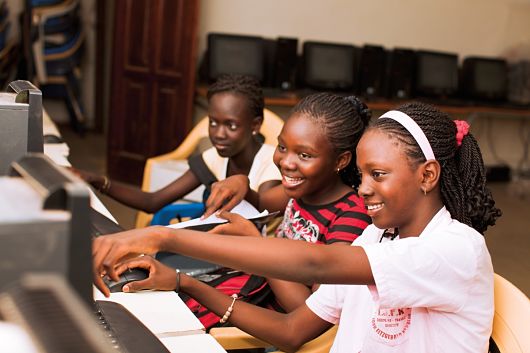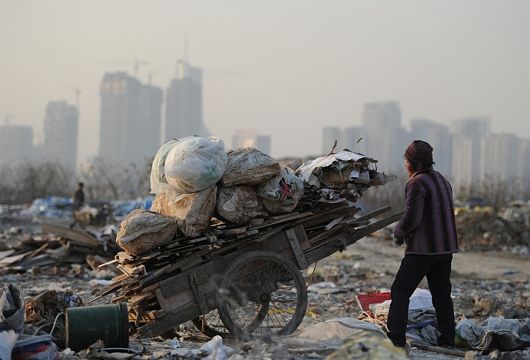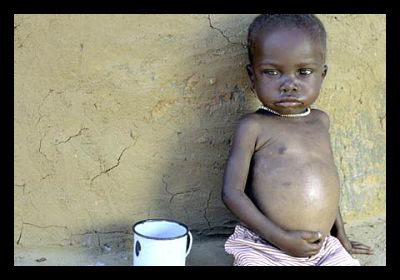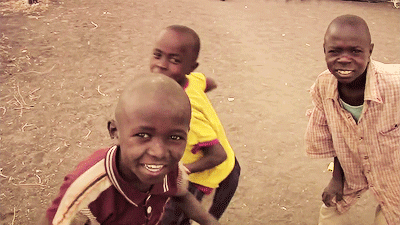 In the United States’ current sociopolitical climate, charitable donations and the appeal of philanthropic investments continue to increase, according to the Chronicle of Philanthropy. Although down from the 2.4 percent of gross domestic product (GDP) allocated to giving in the pre-recession 2000s, sources find that philanthropy is on an upswing, inching back to 2.1 percent in 2015 from 1.8-1.9 percent between 2008 and 2012. This trend may be due in part to a social movement of “cool giving.”
In the United States’ current sociopolitical climate, charitable donations and the appeal of philanthropic investments continue to increase, according to the Chronicle of Philanthropy. Although down from the 2.4 percent of gross domestic product (GDP) allocated to giving in the pre-recession 2000s, sources find that philanthropy is on an upswing, inching back to 2.1 percent in 2015 from 1.8-1.9 percent between 2008 and 2012. This trend may be due in part to a social movement of “cool giving.”
Although donations from corporations have had a sharper increase, individual giving, too, has gained traction, both in dollar amount and in frequency, according to Forbes’ list of “50 Top Givers in 2014.”
This uptick demonstrates more than a numerical increase in donations; it delineates a social movement of philanthropy, and a widespread attitude of cool giving.
The four Cs below articulate why now, perhaps more than ever, helping the world’s poor is considered cool.
1. It is often in the form of a challenge.
Be it the ALS Ice Bucket Challenge of 2014 (linked to ALS by Chris Kennedy, because of a relative suffering from the disease) or The Bill and Melinda Gates Foundation Grand Challenge program, a competition for grantees in specific fields to solve key global health and development problems, competition sparks change. And, in an age of social media, competitive opportunities are expanding and becoming more easily accessible.
There is nothing like throwing a bucket of icy water on your head to help those in need.
2. It demonstrates strong character.
A desire for generous rebranding, fueled by the 2016 presidential election, is taking place in the U.S. Republicans and Democrats alike — Michael R. Bloomberg, Paul Singer, Charles Koch, to name a few — have made momentous contributions to charitable organizations. Partisanship aside, when philanthropic organizations reap the benefits of the one-upmanship of doing good, the world’s poor benefit too.
3. Collaboration is key.
In 2015, The Bridgespan Group, a nonprofit resource for mission-driven organization and philanthropies, published research about the U.S.’s top donors and the “big bets” hedged in such contributions. The results illustrated that 80 percent of multi-million dollar donations are given with a specific goal in mind. (Bridgespan gives the example of Don and Foris Fisher’s participation with the Knowledge Is Power Program (KIPP) for the improvement of public education).
Increased Internet access and online materials make donation allocation easy. And, with these specifications posted online for a larger readership, corporations and individual donors feel team-like camaraderie in taking steps toward remedying a problem. As with the Bill and Melinda Gates Foundation, key steps are clearly outlined and updated in the website’s mission statement and strategic planning pages. Collaborating on a goal and seeing first-hand results, Bridgespan concluded, further incentivizes charitable acts.
4. The sky’s the limit on creativity.
Founded in 2012, Global Citizen focuses on making policy changes toward global poverty eradication as an organization that couples artistry with charity. The Global Citizen Festival, promoted by Coldplay’s Chris Martin at the Super Bowl, epitomizes the longstanding relationship between the arts and philanthropy. At the September 2015 festival, artists like Beyoncé and Pearl Jam blended the beats of Bob Marley to the inspiring words of Nelson Mandela. The result? Wide coverage of the program’s Sustainable Development Goals, which aim to end global poverty by 2030.
Celebrity influence certainly brings attention to an issue but the multimedia tools of exposure — concerts, festivals, videos — also make the issues relatable and memorable.
Whether they come from competition, creative incentive, collaboration or character building, good deeds in 2016 are all the rage. Isn’t it cool to give?
— Nora Harless
Sources: The Bill and Melinda Gates Foundation, The Bridgespan Group, The Chronicle of Philanthropy, Forbes Magazine, Global Citizen, TIME Magazine
Photo: Flickr






